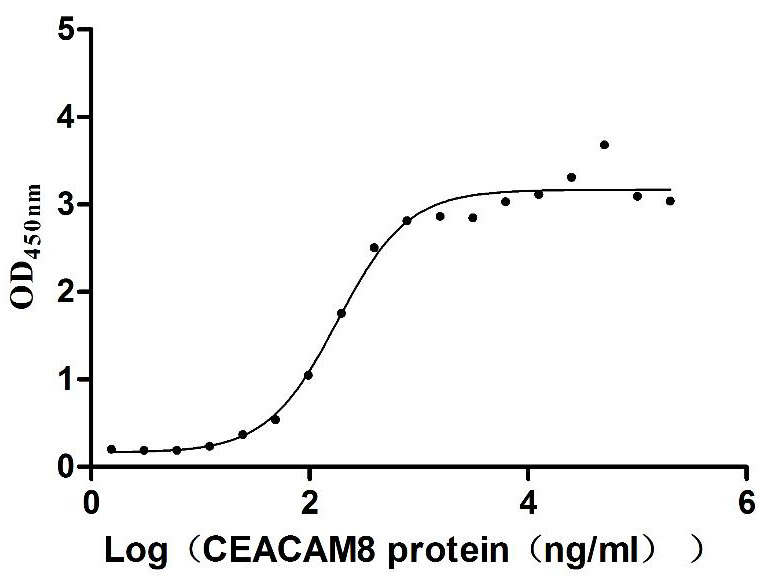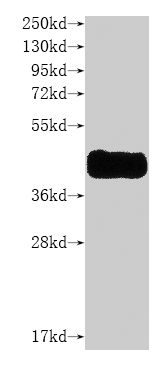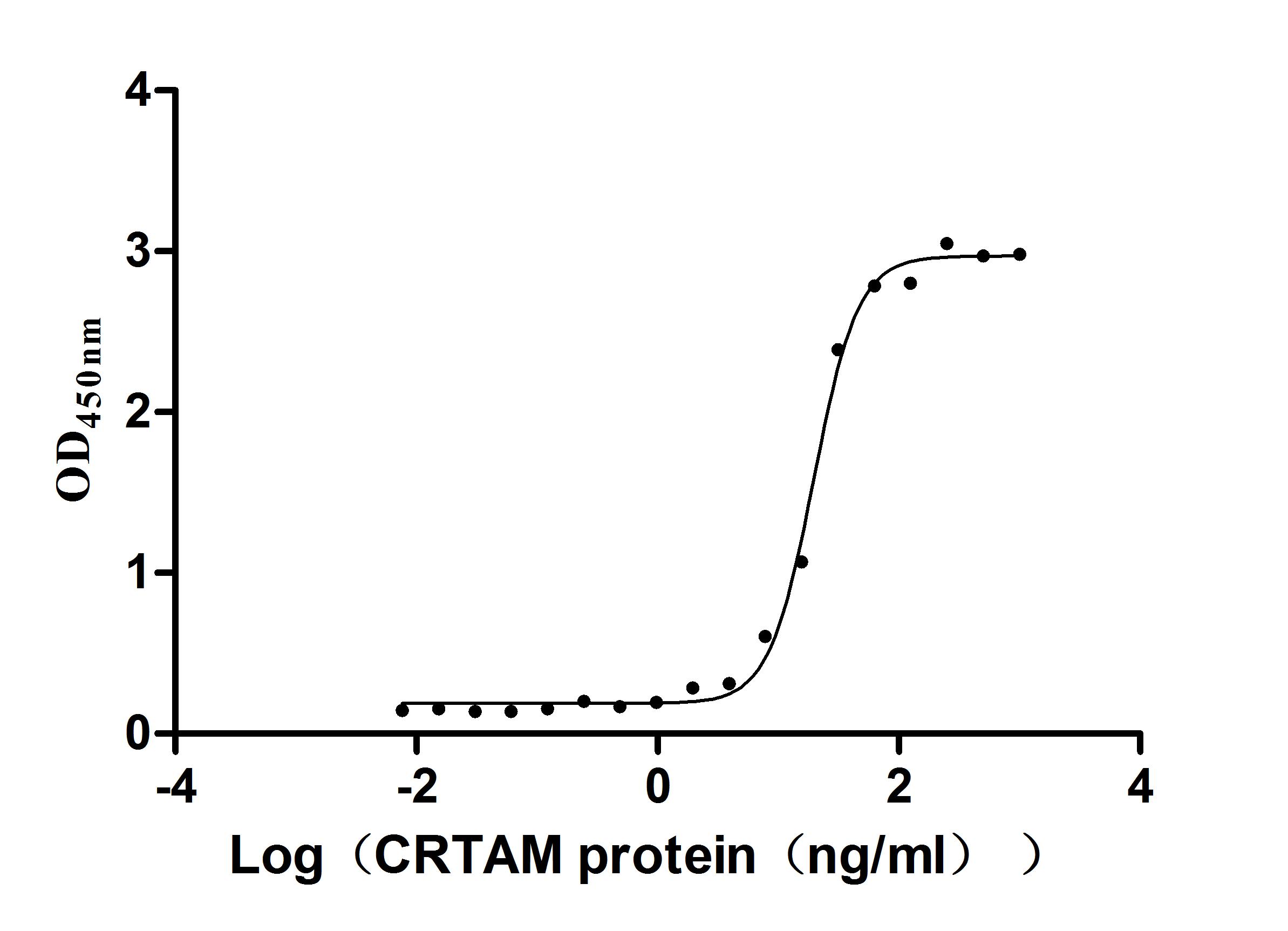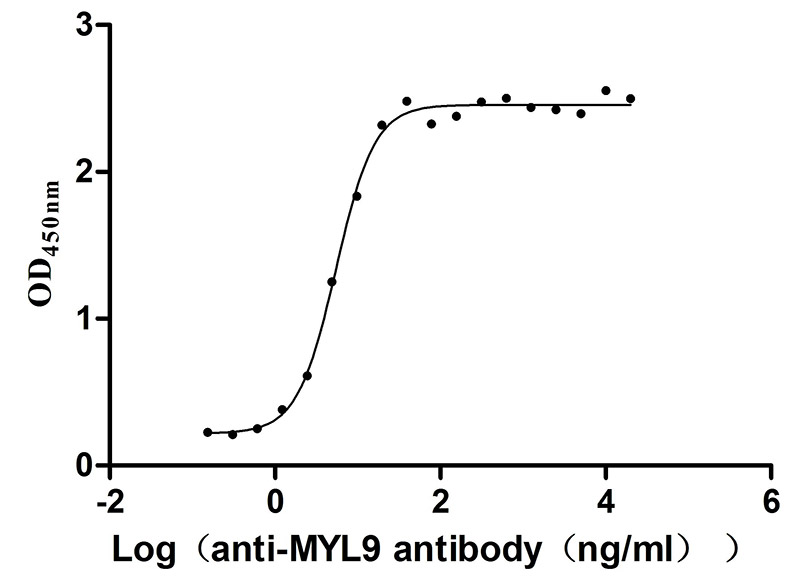Recombinant Human Membrane-associated phosphatidylinositol transfer protein 3 (PITPNM3), partial
-
中文名稱:人PITPNM3重組蛋白
-
貨號:CSB-YP863164HU
-
規(guī)格:
-
來源:Yeast
-
其他:
-
中文名稱:人PITPNM3重組蛋白
-
貨號:CSB-EP863164HU-B
-
規(guī)格:
-
來源:E.coli
-
共軛:Avi-tag Biotinylated
E. coli biotin ligase (BirA) is highly specific in covalently attaching biotin to the 15 amino acid AviTag peptide. This recombinant protein was biotinylated in vivo by AviTag-BirA technology, which method is BriA catalyzes amide linkage between the biotin and the specific lysine of the AviTag.
-
其他:
-
中文名稱:人PITPNM3重組蛋白
-
貨號:CSB-BP863164HU
-
規(guī)格:
-
來源:Baculovirus
-
其他:
-
中文名稱:人PITPNM3重組蛋白
-
貨號:CSB-MP863164HU
-
規(guī)格:
-
來源:Mammalian cell
-
其他:
產(chǎn)品詳情
-
純度:>85% (SDS-PAGE)
-
基因名:PITPNM3
-
Uniprot No.:
-
別名:CORD5; Membrane associated phosphatidylinositol transfer protein 3; membrane-associated 3; Membrane-associated phosphatidylinositol transfer protein 3; MGC157740; MGC157741; NIR 1; NIR-1; NIR1; Phosphatidylinositol transfer protein; Phosphatidylinositol transfer protein, membrane-associated 3; PITM3_HUMAN; PITPnm 3; PITPNM; PITPNM family member 3; Pitpnm3; PYK2 N terminal domain interacting receptor 1; Pyk2 N-terminal domain-interacting receptor 1; RDGBA3; Retinal degeneration B alpha 3
-
種屬:Homo sapiens (Human)
-
蛋白長度:Partial
-
蛋白標簽:Tag?type?will?be?determined?during?the?manufacturing?process.
The tag type will be determined during production process. If you have specified tag type, please tell us and we will develop the specified tag preferentially. -
產(chǎn)品提供形式:Lyophilized powder
Note: We will preferentially ship the format that we have in stock, however, if you have any special requirement for the format, please remark your requirement when placing the order, we will prepare according to your demand. -
復溶:We recommend that this vial be briefly centrifuged prior to opening to bring the contents to the bottom. Please reconstitute protein in deionized sterile water to a concentration of 0.1-1.0 mg/mL.We recommend to add 5-50% of glycerol (final concentration) and aliquot for long-term storage at -20℃/-80℃. Our default final concentration of glycerol is 50%. Customers could use it as reference.
-
儲存條件:Store at -20°C/-80°C upon receipt, aliquoting is necessary for mutiple use. Avoid repeated freeze-thaw cycles.
-
保質期:The shelf life is related to many factors, storage state, buffer ingredients, storage temperature and the stability of the protein itself.
Generally, the shelf life of liquid form is 6 months at -20°C/-80°C. The shelf life of lyophilized form is 12 months at -20°C/-80°C. -
貨期:Delivery time may differ from different purchasing way or location, please kindly consult your local distributors for specific delivery time.Note: All of our proteins are default shipped with normal blue ice packs, if you request to ship with dry ice, please communicate with us in advance and extra fees will be charged.
-
注意事項:Repeated freezing and thawing is not recommended. Store working aliquots at 4°C for up to one week.
-
Datasheet :Please contact us to get it.
相關產(chǎn)品
靶點詳情
-
功能:Catalyzes the transfer of phosphatidylinositol and phosphatidylcholine between membranes (in vitro). Binds calcium ions.
-
基因功能參考文獻:
- CCL18 can increase the invasive ability of non-small cell lung cancer cells by binding to its receptor Nir1. PMID: 26756176
- CCL18 enhances hepatocellular carcinoma (HCC) cell migration, invasion, and epithelial-mesenchymal transition (EMT) through the expression of PITPNM3 and the activation of the NF-kappaB signaling pathway. PMID: 26449829
- Data indicate that PYK2 N-terminal domain interacting receptor 1 (Nir1) could induce epithelial-mesenchymal transition by stabilising Snail via the PI3K/Akt/GSK3beta/Snail signalling pathway through binding to CCL18. PMID: 24001613
- Our observations of the PITPNM3 p.Q626H mutation carriers confirm that CORD5 is a disease not to mix with other retinal degenerations mapped to 17p13. PMID: 22405330
- CCL18 derived from Tumor-associated macrophages (TAMs) lays a critical role in promoting breast cancer metastasis via its receptor, PITPNM3. PMID: 21481794
- Thus, mutations in PITPNM3 do not appear to be a major cause of cone or cone-rod dystrophy. PMID: 20590364
- Our finding on the first mutation in the human homologue of Drosophila rdgB indicates novel pathways and a potential important role of the PITPNM3 in mammalian phototransduction. PMID: 17377520
- Mutation in the PYK2-binding domain of PITPNM3 causes autosomal dominant cone dystrophy (CORD5) in two Swedish families. PMID: 18188949
顯示更多
收起更多
-
相關疾病:Cone-rod dystrophy 5 (CORD5)
-
亞細胞定位:Endomembrane system; Peripheral membrane protein.
-
蛋白家族:PtdIns transfer protein family, PI transfer class IIA subfamily
-
組織特異性:Detected in brain and spleen, and at low levels in ovary.
-
數(shù)據(jù)庫鏈接:
Most popular with customers
-
Recombinant Human B-lymphocyte antigen CD20 (MS4A1)-VLPs (Active)
Express system: Mammalian cell
Species: Homo sapiens (Human)
-
Recombinant Mouse Transthyretin (Ttr) (Active)
Express system: Mammalian cell
Species: Mus musculus (Mouse)
-
Recombinant Human Microtubule-associated protein tau (MAPT) (Active)
Express system: Mammalian cell
Species: Homo sapiens (Human)
-
Express system: Mammalian cell
Species: Homo sapiens (Human)
-
Recombinant Human Carcinoembryonic antigen-related cell adhesion molecule 6 (CEACAM6) (Active)
Express system: Mammalian cell
Species: Homo sapiens (Human)
-
Recombinant Human C-C chemokine receptor type 8 (CCR8)-VLPs (Active)
Express system: Mammalian cell
Species: Homo sapiens (Human)
-
Recombinant Human Cell adhesion molecule 1 (CADM1), partial (Active)
Express system: Mammalian cell
Species: Homo sapiens (Human)
-
Recombinant Human Myosin regulatory light polypeptide 9 (MYL9) (Active)
Express system: Yeast
Species: Homo sapiens (Human)


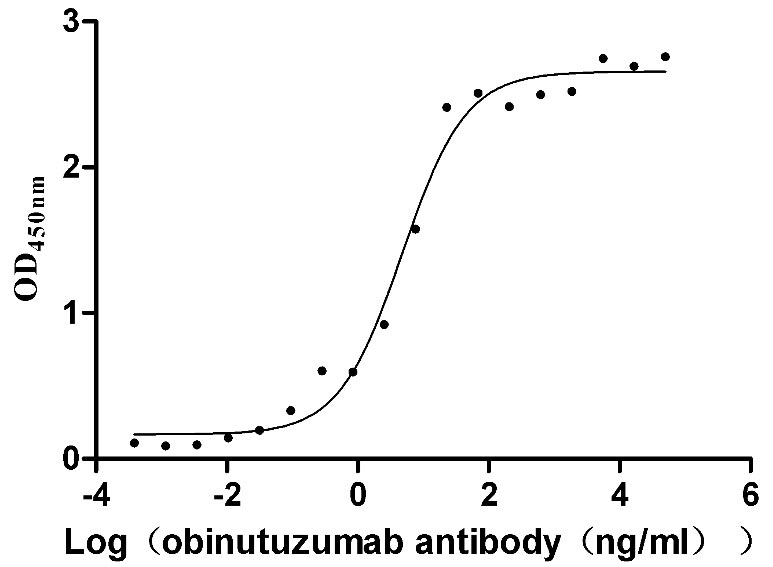
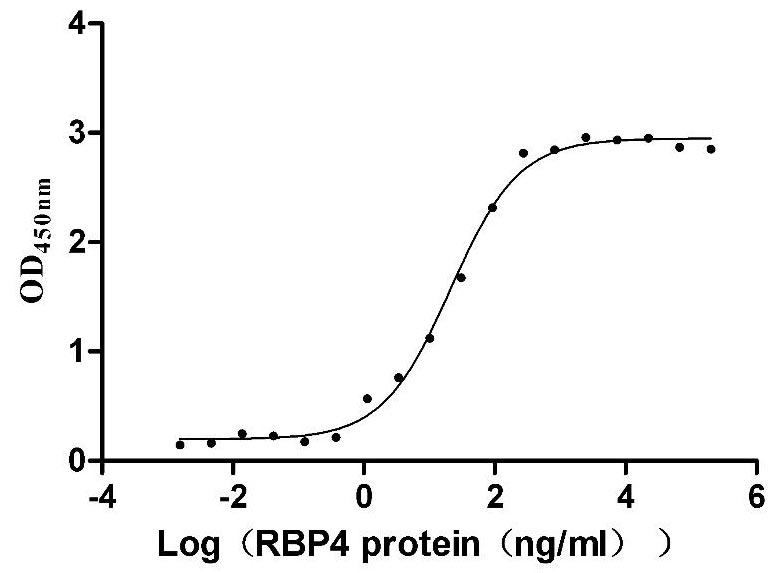
-AC1.jpg)

